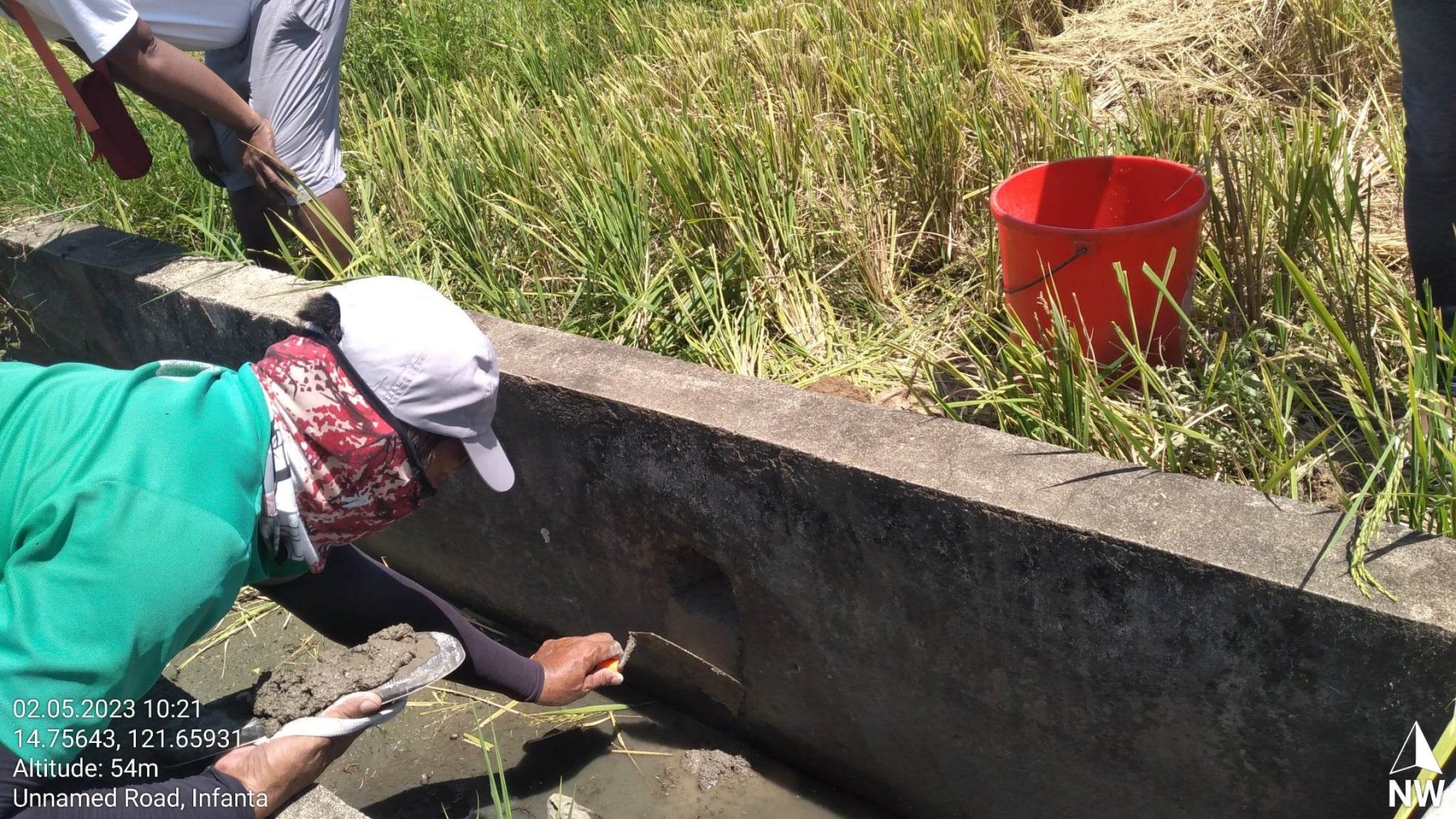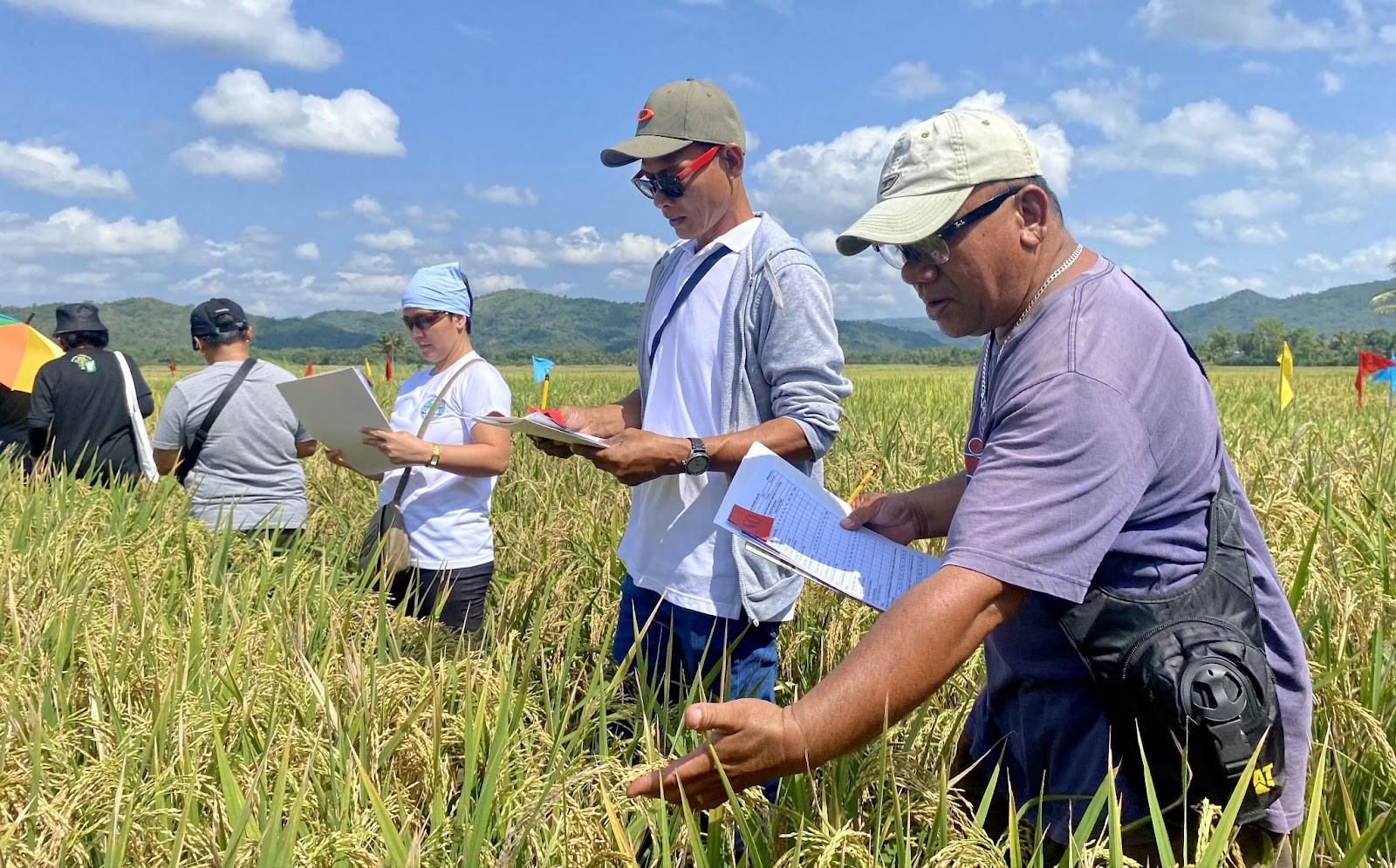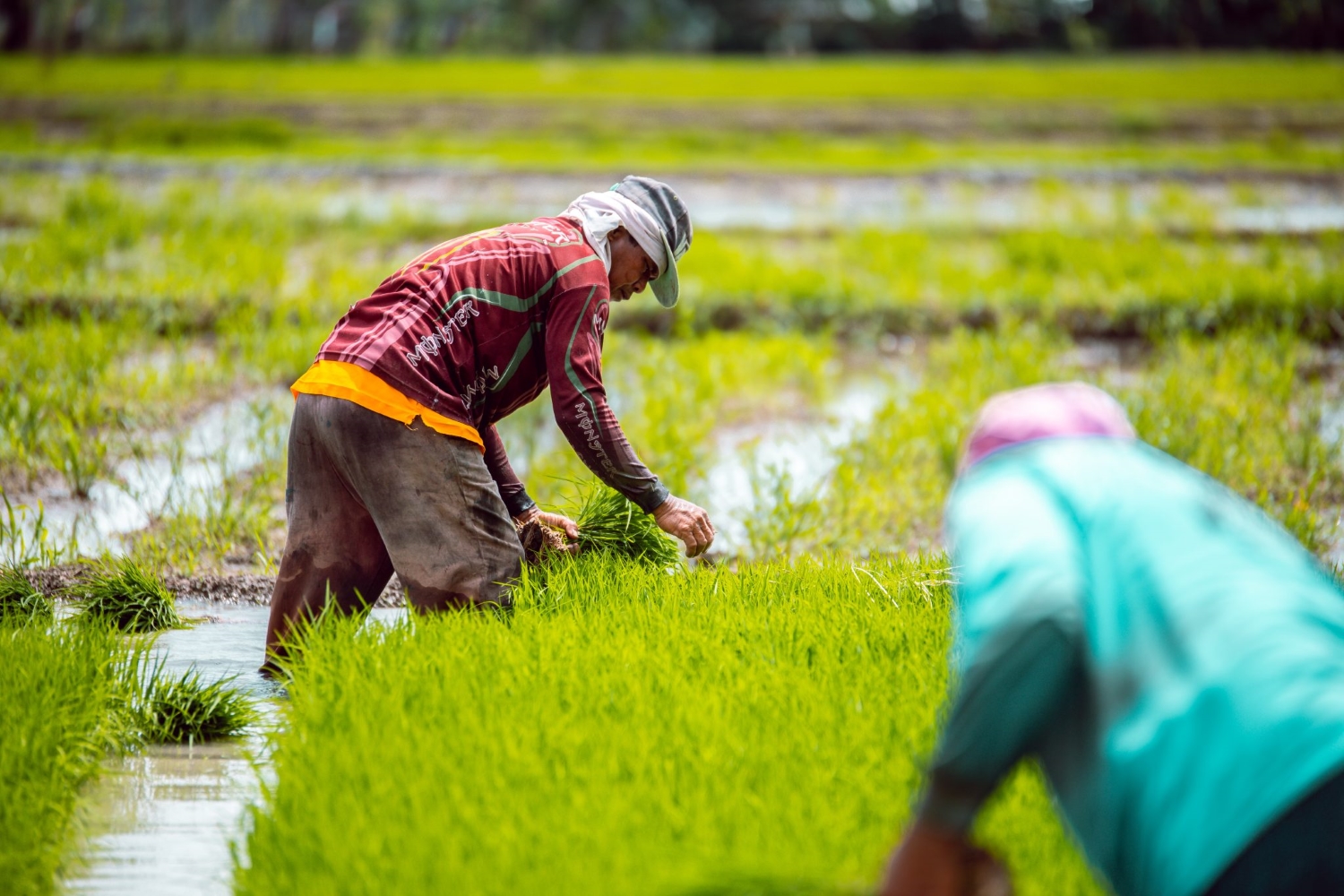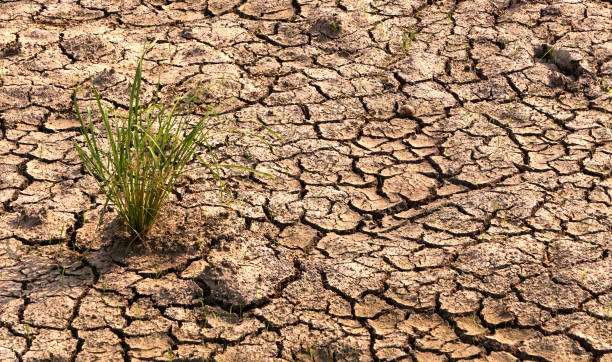CALAMBA CITY, Laguna (PIA) -- The Department of Agriculture in Region IV-A has started implementing measures to mitigate the effects of the looming El Niño phenomenon or dry spell in the region’s farm production.
The DA’s action plan as of May, 2023 includes preparatory activities from prepositioning of seed reserves, planting materials, crop diversification to water management.
According to the Philippine Atmospheric, Geophysical and Astronomical Administration (Pagasa), El Niño is characterized by unusually warmer than average sea surface temperatures (SSTs) in the central and eastern equatorial Pacific. Below-normal rains are expected, which can cause dry spells and droughts in several areas of the country.
The DA identified at least 19 areas in Cavite, Laguna, Batangas and Rizal that are vulnerable to drought, 10 of which are very high to high risk while nine are under moderate risk. According to Pagasa, Quezon province is less likely to be affected by El Niño since it will experience 56% rain at the onset of the dry spell.

The DA has already collaborated with the National Irrigation Administration IV-A to strengthen the regional El Niño action plan.
Redeliza Gruezo, DA’s chief of field operations for Calabarzon, said the collaboration between DA and NIA forms a critical component of the action plan which also seeks to support the national government’s Masagana rice program.
“We expect more coordination with NIA to lessen the impact of El Niño on our farm outputs,” she added.

NIA personnel has started inspecting irrigation sites to make sure water resources are used efficiently during periods of low rainfall.
Wilma Granados, of the NIA Cavite-Batangas Irrigation Management Office, said farmers were encouraged to adapt the alternate wetting and drying (AWD) method where water is applied a few days after the ponded water has been used up.
"Malaking tulong po itong ating AWD para magkaroon tayo ng kaalaman sa tamang paggamit ng ating tubig. Ito ay makakatulong sa atin upang maging handa sa mga ganitong klase ng panahon (gaya ng El Niño) at maaari natin itong maging normal na kagawian pagpapatubig sa ating mga palayan,” Granados said.
Meanwhile, the DA Calabarzon has already provided farm implements such as seeds and planting materials, fertilizers and soil ameliorants for 82,396 beneficiaries and with a total land area of 208,105 hectares.
The DA’s Disaster and Climate Information Office said it has built canal lining, irrigation systems, and diversion dams for rice crops which benefited a total of 349 hectares in the region.
In a media briefing on June 26, Pagasa said the dry period could be felt by October which would be good for palay harvest season but could result in limited replenishment of dams.
A slight decline in production and lower imports due to rising international prices is possible but supply in general will be stable while end-year stocks may be lower, Pagasa added. (CH/PIA-Laguna)






